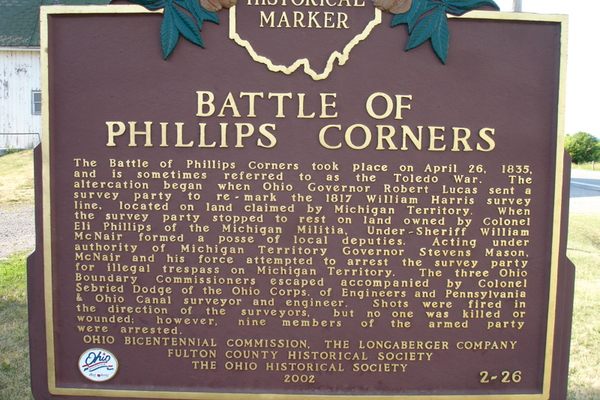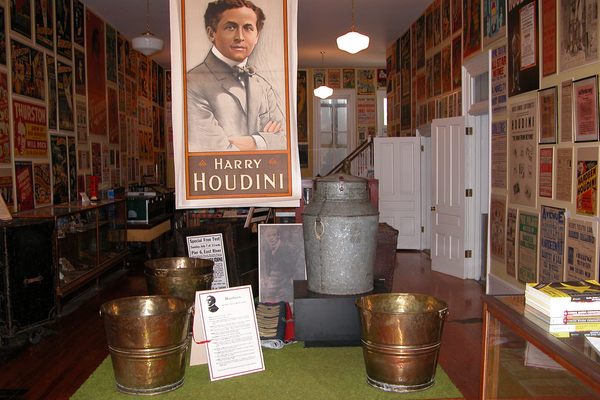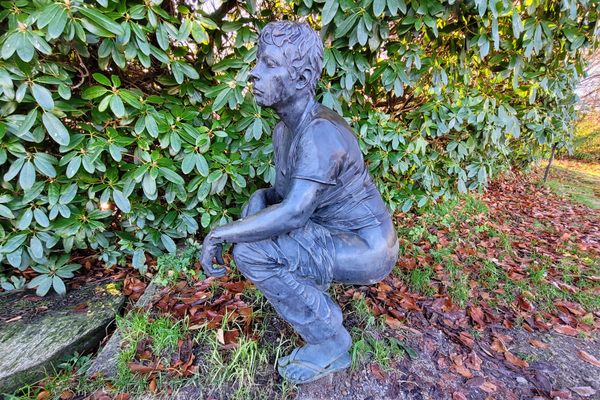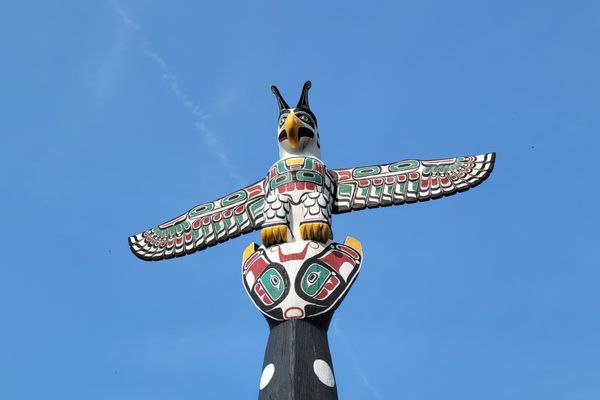McCourtie Park
This lovely public park has an intriguing past and unique wooden bridges made of concrete.
Somerset Center in southern Michigan is home to an estate that was once called “Aidan Lair.” The house is now gone, but the grounds have become a public park filled with whimsical “wooden” bridges made from concrete, an old rathskeller that hosted parties during the Jazz Age, and perhaps even the ghost of a runaway slave.
W.H.L. McCourtie was a successful business man who made a fortune in oil. He invested in black gold while living in Dallas, but as his career and fortune expanded, the tug of his Michigan home beckoned. In the 1920s he returned to his family’s summer house in Somerset Center.
He may have made his first fortune in oil, but he eventually turned to harder stuff– concrete. He founded three major concrete companies during his career, and after settling back in Michigan he made good use of his commodity. McCourtie hired two expert artisans who excelled in the Mexican folk art known as trabajo rustico (or “rough work”. Trabejo rustico is a variation on a 19th-century French craft known as faux bois. Both methods use wet cement to mimic real wood in the creation of furniture and small landscape structures.
Pouring and sculpting extensively on the grounds, McCourtie’s artisans–George Cardosa and Ralph Corona–created 17 small bridges, two cement lakes (one for swimming and one for fishing), two large birdhouses (with scores of little bird chambers inside) and two life-size trees that acted as chimneys for McCourtie’s underground garage and rathskeller.
As lovely as the grounds and bridges are, it’s McCourtie’s underground world at Aidan Lair that has sparked the most rumors about the place. His rathskeller (a type of underground lodge) can still be seen today by peeking through the windows of the garage that’s also survived. Legend has it that in addition to hosting midwestern tycoons like Henry Ford, he also welcomed bootleggers and gangsters like Al Capone.
More apocryphal rumors also haunt the grounds. McCourtie Park is allegedly home to the “Lady in Blue,” a woman sometimes seen wandering in 19th-century dress. She’s thought to be the ghost of a runaway slave who traveled through tunnels under the estate, which some believe to have been part of the underground railroad. But if there were ever a complex of underground passageways, they no longer exist today.
Since Aidan Lair was torn down after major fire damage, the trabajo rustico pieces are the main draw today. Completed the same year McCourtie died, he didn’t live to enjoy them. He left that privilege to the people of Somerset Center.
Only some of the cement bridges are immediately apparent and situated on maintained land. If you continue to wander the faint narrow footpaths up the edge of the stream, through the dense woodland of Black Willow and Carolina Buckthorn trees, you will find several semi-hidden bridges in the thick growth.
Know Before You Go
Two miles west of US Hwy 127, on the north side of US Hwy 12 at Jackson Road.

























Follow us on Twitter to get the latest on the world's hidden wonders.
Like us on Facebook to get the latest on the world's hidden wonders.
Follow us on Twitter Like us on Facebook